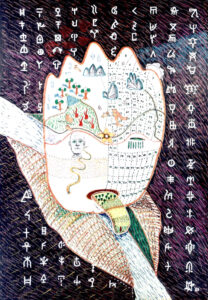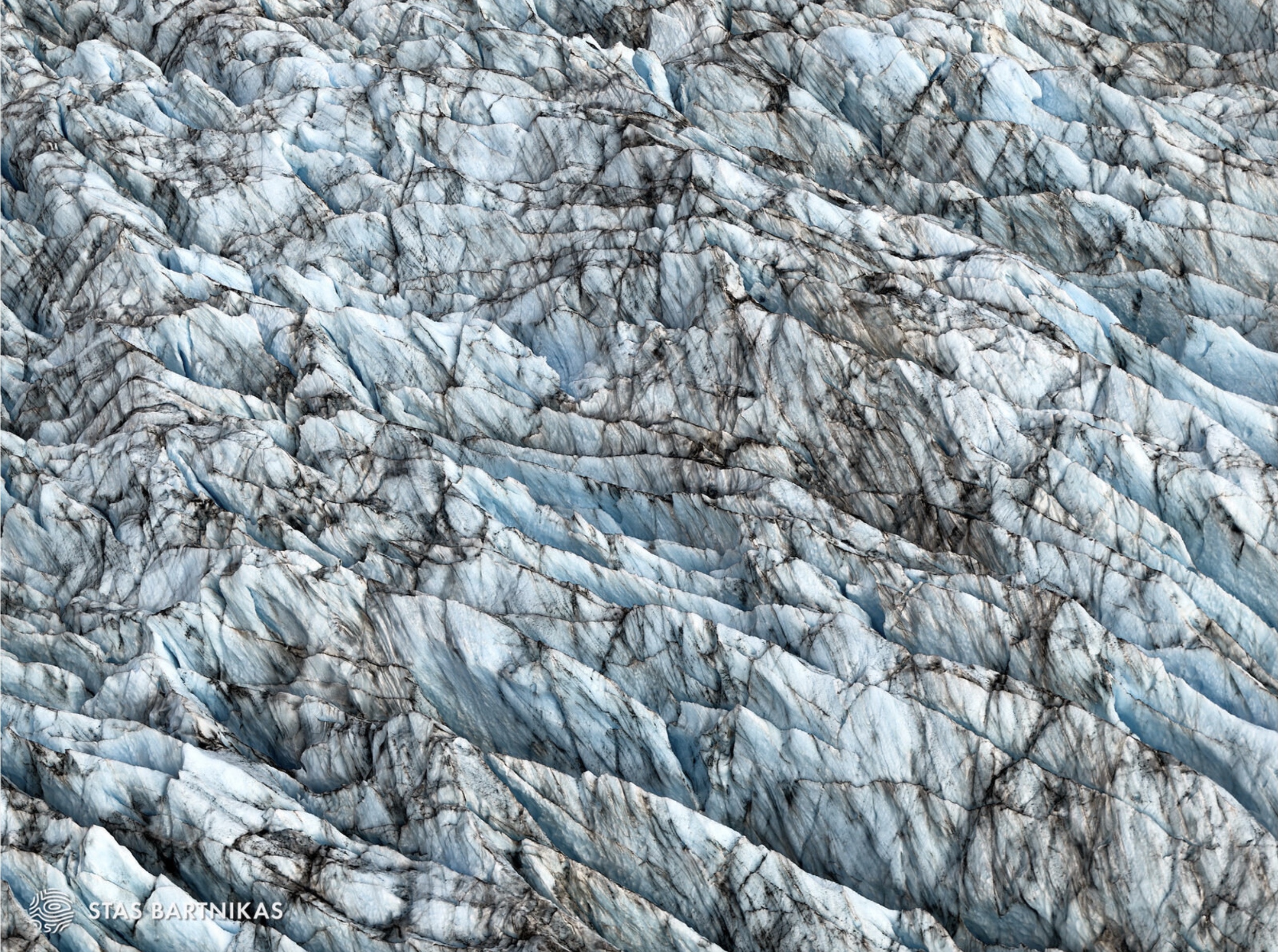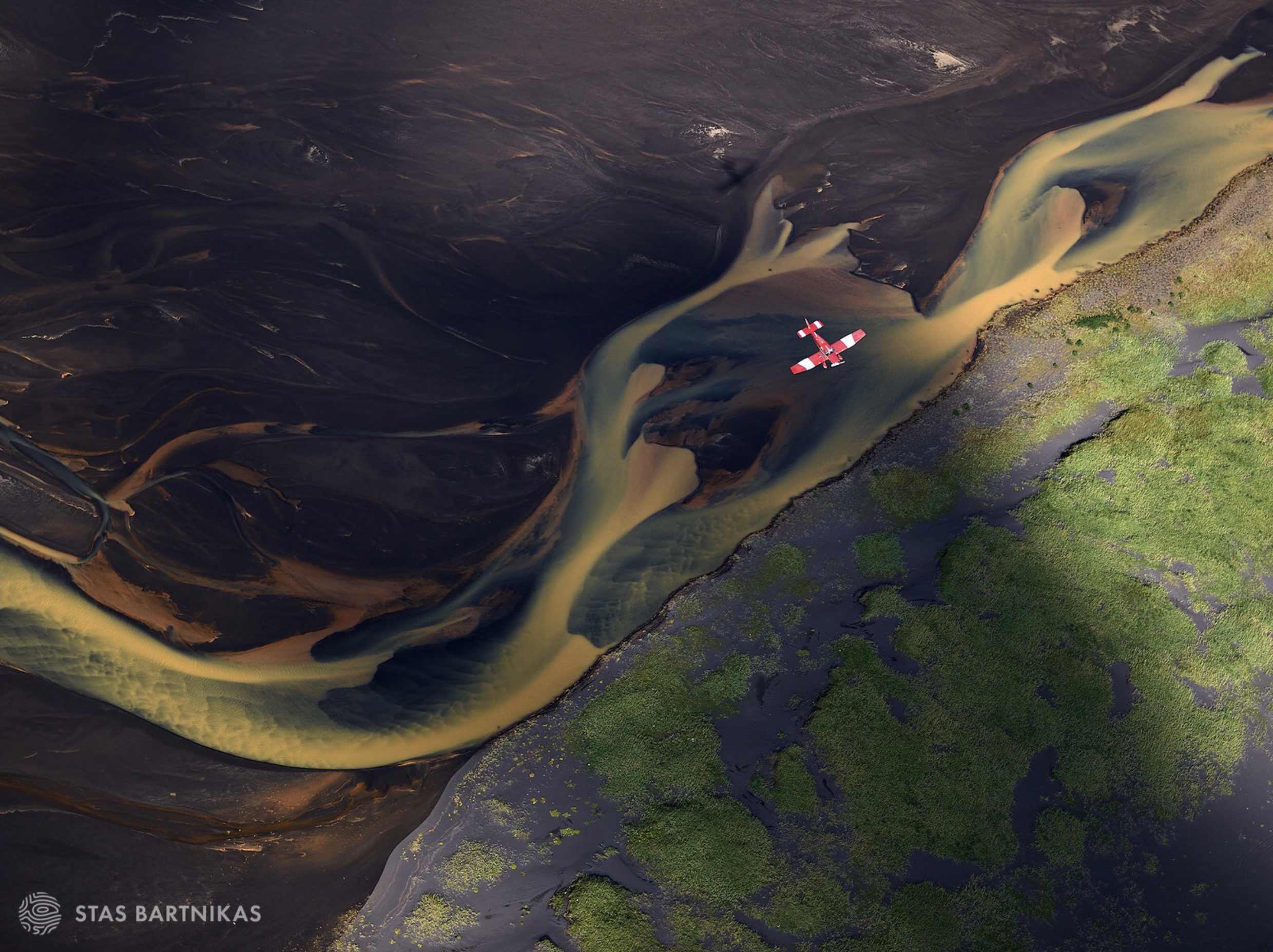Terrestrial Grammar
TERRESTRIAL GRAMMAR
MyMicroGallery is pleased to present the international group exhibition “Grammatiche Terrestri” in which eleven artists participate: Murielle Argoud (FR), Stephanie Chambers (US) Frances Clarke (UK), Bonnie Eisen, (US), Grazia Gabbini (Italy) Akshita Gandhi ( India) Latana (US / Singapore) Maurizio Pini (Italy) Karen Schory (US) Marcello Sestito (Italy) Vincenzo Torcello (Italy). On display are: photography, collages, paintings and installations that mark a path of narrative maps in which each artist relates to the theme of the Earth, moving between science and enigma, algorithm and spontaneity.
Aerial photographs and images taken from space probes show us the Earth’s surface and the human footprint that characterises it, as an objective reality existing and living outside the individual. This is a rationalist grammar, defining conventional geography and which purports to be a fundamental part of the knowledge on which our life is based. There is, however, another way of representing the Earth’s surface: that of art, in which the sacredness of places, both physical and non-physical, is considered to be part of our profound experience and our perception of the world. This is a human grammar, which places the individual within his or her existential condition, at the centre of representation, and regards place in terms that belong to the language of emotions and the spirit.
The exhibition compares various different means of expression and “grammars”, addressing fundamental issues, from the city to urban networks, to the landscape, to the concept of border, to the experience of being a human being living on Planet Earth. All the elements of nature communicate with each other and nothing is separate; it is only to us human beings that things appear divided, in reality they are all linked together as parts of a single body. Just as every grammar etymologically implies the téchne, that is “art (or technique) of writing”, the terrestrial grammar used in creative communication goes beyond the ordinary way of seeing things. It needs to be nourished by the interchange of entities of the same organic cycle that recognise each other as part of the whole. Understanding things in this way, it is possible to regard the world surrounding us as a very dense book of signs which are sometimes incomprehensible, but never random. All the elements of nature intercommunicate and nothing is separate. We have marked the earth’s surface with spatial boundaries, physical demarcations that have produced serious inequalities between nations, regions and classes and ethnic groups, stripped and colonized territories, emphasizing the differences rather than the values that can unite us. Terrestrial grammar, the creative work of human beings, aims to bridge the gap between culture and nature, since it is impossible to think of the two as separate entities. Artists, as architects of the landscape of the soul, weave physical and virtual networks, transcending the boundaries of the visible. There is therefore a grammar, a law, a rule, which structures the physical (and non-physical) world that surrounds us, just as there is a syntax, a means of communication which is made by human beings .
Terrestrial grammar is the intrinsic language of the perfectly interconnected codes, of which geography, biology, the psychological and the spiritual are all composed.
To expand our thinking and evolve, we should make our own the royal message of master Joseph Beuys: “Human beings and nature with a united soul will build a new world.” Stefania Carrozzini



